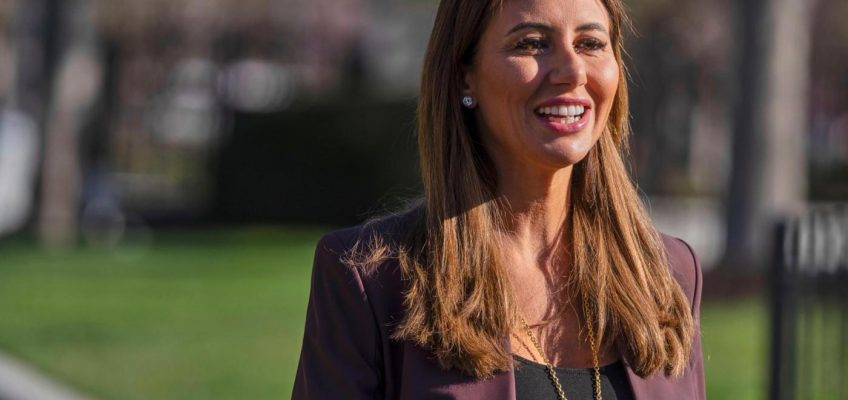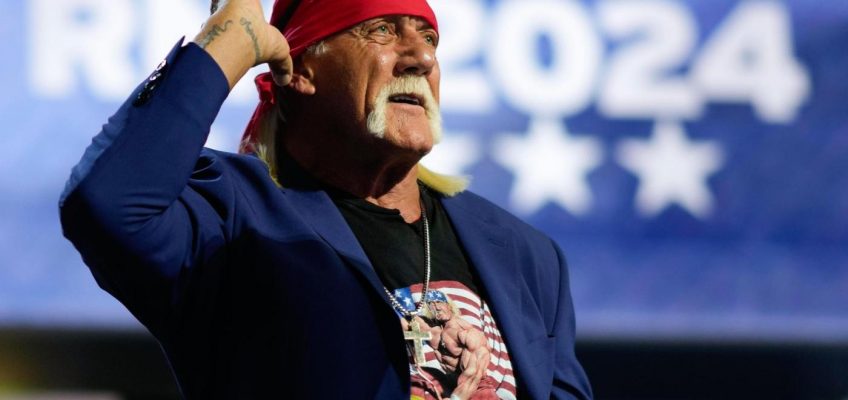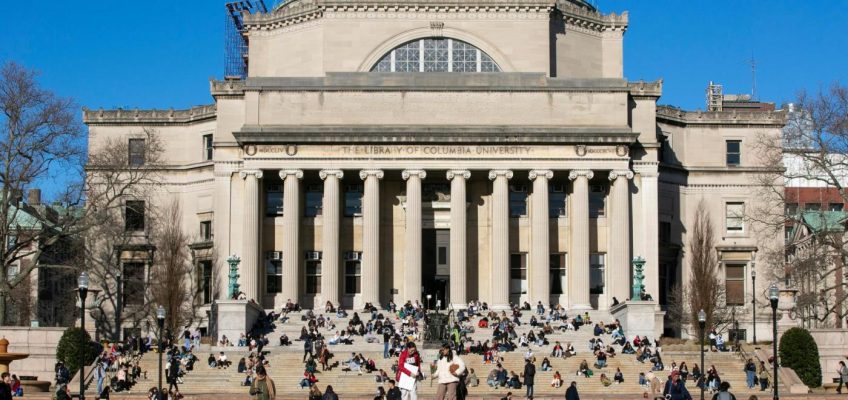By CURT ANDERSON, Associated Press
ST. PETERSBURG, Fla. (AP) — Police in Florida are still investigating the death last month of professional wrestling icon Hulk Hogan from what the medical examiner concluded was a heart attack.
The Clearwater Police Department said in a statement Thursday that the “unique nature of this case has required us to interview multiple witnesses and seek medical records from a variety of providers, and our detectives continue to do that.”
Hogan, whose real name was Terry Bollea, died July 24 at age 71 at a hospital after paramedics and police rushed to his beachfront home in Clearwater following a 911 call. That call, and police body camera video of the scene, has not yet been released as the investigation continues.
“All of this takes time,” the police statement said. “Until the investigation is completed, no records related to the case, including body camera footage, can be released.”
Lawyers ask judge to order ICE to free Spanish-language journalist from immigration detention
Brent Hinds, former Mastodon singer-guitarist, dies in motorcycle crash
Federal investigators demanded details on transgender patients from at least 1 hospital
Tesla is slow in reporting crashes and the feds have launched an investigation to find out why
Aging U.S. railroad bridges are self-inspected and their findings are kept secret
Police have previously said there was no evidence of foul play in Hogan’s death, so it’s not clear exactly what the police probe is looking into other than medical records. Hogan previously had leukemia and atrial fibrillation, an irregular heart rhythm, according to the medical examiner’s report that concluded the cause of death was natural.
Investigators have been working with Hogan’s family, including his son Nick and daughter Brooke, the statement said.
“We plan to meet with the family and brief them on the case to this point, and we will share the results of the investigation with the family prior to closing the case and releasing it to the public and media,” the police statement added.
No timetable for public release of the findings was given.
Hogan was perhaps the biggest star in WWE’s long history, known for both his larger-than-life personality and his wrestling exploits. He was the main draw for the first WrestleMania in 1985 and was a fixture for years, facing everyone from Andre The Giant and Randy Savage to The Rock and even WWE co-founder Vince McMahon.
Hogan won at least six WWE championships and was inducted into the Hall of Fame in 2005 and reinstated there in 2018. He had been removed from the Hall of Fame in 2015 after he was recorded making racial slurs against Blacks, for which he apologized.
Hogan was to be cremated but it wasn’t clear Thursday if that had happened yet. A well-attended but private funeral service was held Aug. 5 at a church in Indian Rocks Beach, Florida.




